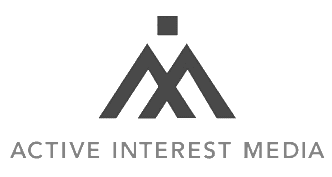Omeda curates customer data from every touchpoint you use to connect with your audience, then stores it in one easy-to-query system. This makes it easier to manage consent and easier to access, edit, remove and transfer your data in accordance with ever-evolving data privacy regulations.
This centralized model also helps teams access all the data they need to make an impact — and nothing else.

